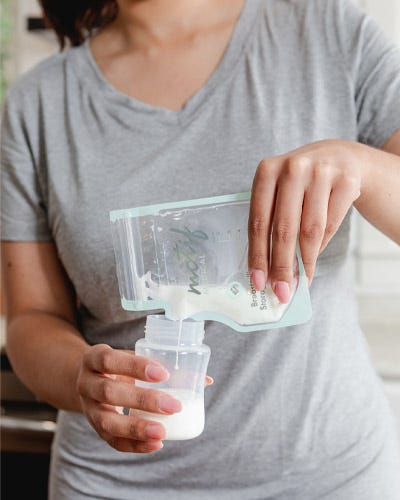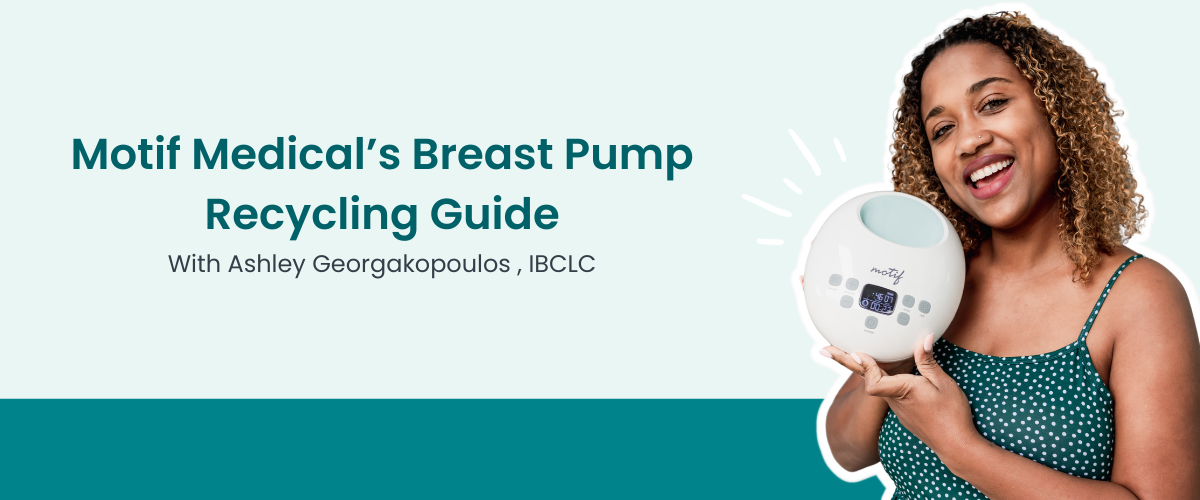Are you breastfeeding or planning to breastfeed? There’s a lot to learn when it comes to infant feeding, lactation, and breastmilk itself! Did you know — human breastmilk is a living, fluctuating substance made up of several “ingredients,” including leukocytes, T cells, cytokines and other immune system factors, growth factors, various proteins and amino acids, enzymes, fats, carbohydrates in the form of lactose, and a perfect mixture of vitamins, minerals and electrolytes. It is considered “species-specific” as it is a perfect design for human babies, evolving and changing in calories with real-time immune help with the growing baby, along with enzymes specifically made to help break down nutrients for exact absorption abilities.
Race, age, parity, or diet do not greatly affect milk composition and there is no consistent compositional difference between milks from the two breasts unless one [breast] is infected.¹ In other words, diet, socioeconomic status, age, and race do not affect the quality or ingredients of breastmilk.The body makes the breastmilk in a certain way, as a priority, regardless of outside factors. Mothers should eat a balanced diet to replenish her own dietary needs.
Breastmilk presents itself in two forms: colostrum and mature milk.
Colostrum
Colostrum is produced in the second trimester by the hormone, progesterone, which is essentially produced by the placental sac encompassing the growing baby. This substance is made ready at this time to have food available at any point thereafter. While excreted in small amounts at the time of birth, usually less than 10 mL , its rich design is a concentrated form of mature milk, loaded in high amounts of antibodies and immune system help for the young, newly developed gut and lack of adequate microflora to fight infection. If born prematurely, this substance will linger and retain a higher amount of protein for the mature milk to aid in catching the growth up for approximately 30 days postpartum.
Colostrum will start to transition and change to mature milk at the moment the placental sac leaves the mother’s body, birth, and the full transition takes approximately 3-5 days. Coincidently, it takes at least 3 days for the infant’s stomach to stretch to accommodate larger feeds.


Mature Milk
Mature milk is what we think of when we think of milk: Larger volume, white, and settles to reveal a fat layer when expressed. This transition will stay on track when the baby is able to feed immediately after birth or, if unable, hand expression and pumping is immediately utilized.
Water is another ingredient, with a perfect blend of electrolytes. This satisfies hydration needs, and therefore additional water is not warranted until beyond 6 months gestational age.
There are two consistencies of breastmilk: Fore- and hindmilk
Foremilk and Hindmilk
To put it simply, foremilk is the first half of the feeding, the hindmilk the later half. The foremilk is watery, and predominately the electrolytes, carbohydrates and protein of the feed, while the hindmilk is made up of the majority of the fats. It is a common myth that a baby must feed for a specific amount of time to obtain the hindmilk. The reality is a good latch with vacuum suction will obtain all that is required per feeding, and feeding times will decrease subtly as their technique improves.
Breakdown by macronutrients
Colostrum has markedly higher amounts of protein, and less carbohydrates, than mature milk.
Mature Breast Milk
60-75 kCal / 100mL
Protein 0.0%-0.8%
Carbohydrates 6.9-7.2%
Fats 3-5%


Special Functions
The main proteins found in human milk are a casein similar to bovine beta-casein, alpha-lactalbumin, lactoferrin, immunoglobulin IgA, lysozyme, and serum albumin. Protein-specific enzymes help to break down human casein and others to aid in digestion.
The principal sugar found in human breastmilk, as well as all mammals, is lactose. Others included are considered oligosaccharides. Oligosaccharides help to feed and grow healthy bacterial strains in the gut.
Saliva is a great communicator of immunological needs. When a baby feeds directly from the breast, saliva will have bacterial, viral, and environmental messages that essentially communicate with mother’s body to produce real-time changes to the antibodies made and provided. This message can take place in as little as 6 minutes! Another great reminder to feed on-demand.


Changes and Fluctuations
Colostrum to mature milk is the first major change to breastmilk. There are, however, other subtle changes to breastmilk as time progresses, both in overall composition to daily fluctuations.
The composition of human milk is variable within feeds, diurnally, over lactation, and between mothers and populations. This variability has benefits for infant health and survival, but for high risk infants requiring close nutritional oversight, supplementation, and strategies for managing the variability of human milk feeds are needed.²
Daily
The highest volume of milk available is typically in the first few hours of the day. The consistency is watery in comparison to afternoon and evening feedings. This is theorized to prepare for longer stretches in between feedings at night as they age, since calories from fat are higher. This change in consistency can best be seen when pumping. Changes will be impacted by the time of day as well as frequency messages from the baby, such as during clusterfeeding stages and growth spurts.
Overtime
Unlike formula, which remains the same kCal per ounce, breastmilk can concentrate with the growing baby. This is why formula-fed infants my end up drinking up to 8 oz/feed, and breastmilk fed infants max out at 5 oz / feed.
Citations
- Jenness R. The composition of human milk. Semin Perinatol. 1979 Jul;3(3):225-39. PMID: 392766.
- Ballard O, Morrow AL. Human milk composition: nutrients and bioactive factors. Pediatr Clin North Am. 2013;60(1):49-74. doi:10.1016/j.pcl.2012.10.002








